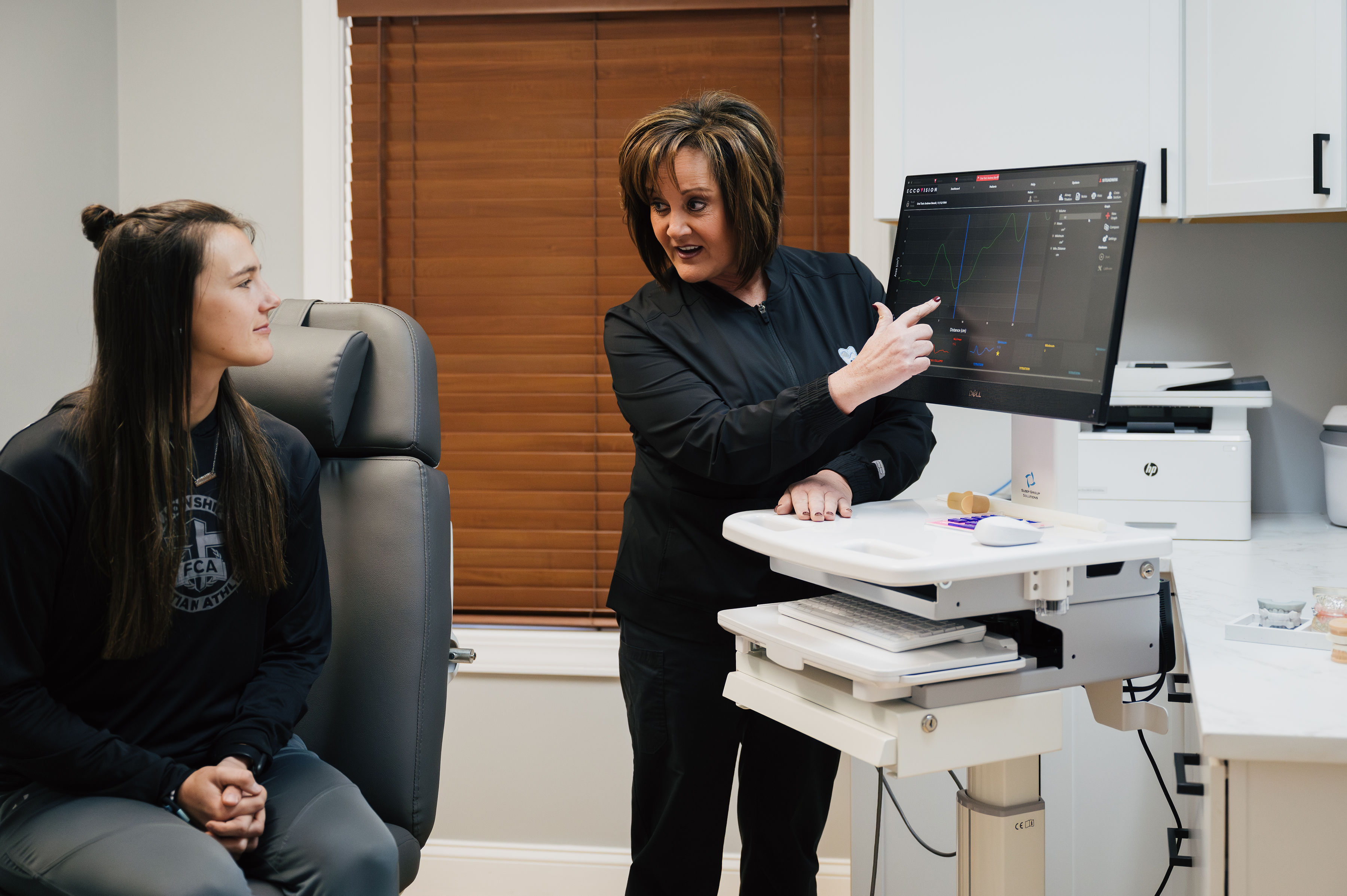What Is Periodontal (Gum) Disease?

Understanding Periodontal Disease: Symptoms, Types & Treatment Options
The term “periodontal” means “around the tooth,” and periodontal disease—also known as periodontitis or gum disease—is one of the most common inflammatory conditions affecting adults. While it begins in the soft tissues around your teeth, in advanced stages it can damage the jawbone itself and eventually lead to tooth loss.
In fact, periodontal disease is the leading cause of tooth loss among adults in the developed world. Prompt diagnosis and treatment are key to protecting your long-term oral health.
What Causes Periodontal Disease?
Periodontal disease is typically preceded by gingivitis, a mild but reversible inflammation of the gums. Gingivitis occurs when plaque builds up and the toxins it contains begin to irritate the gum tissue.
Once bacteria settle into the pockets between your teeth and gums, it becomes harder to remove and treat. If left unchecked, this infection triggers a chronic inflammatory response that leads to the breakdown of bone and connective tissue.
As the disease progresses, it may cause:
- Gum recession
- Tooth shifting or looseness
- Bone loss
- Eventual tooth loss
Types of Periodontal Disease
Periodontal disease can present in several forms. Some progress slowly, while others develop rapidly or are linked to underlying health conditions.
Here are the most common types:
Chronic Periodontitis
This is the most common form of periodontal disease. It causes deep pockets and gum recession, often giving the illusion of longer teeth. Characterized by the progressive loss of tissue attachment, it tends to worsen over time—often in phases of rapid progression.
Aggressive Periodontitis
Seen in otherwise healthy individuals, this type is marked by rapid tissue and bone destruction, often with a genetic component. Gum attachment is quickly lost, and the condition may run in families.
Necrotizing Periodontitis
This severe form of gum disease is associated with systemic conditions like HIV, malnutrition, or immunosuppression. It leads to tissue death (necrosis) in the periodontal ligament, jawbone, and surrounding gum tissue.
Periodontitis as a Result of Systemic Disease
Often beginning at a young age, this type of periodontitis is linked to systemic conditions like diabetes, heart disease, or respiratory illness.
Treatment Options for Periodontal Disease
Treatment varies based on the severity and type of periodontal disease, as well as the condition of your gums, teeth, and bone structure. A full periodontal exam will be completed before any treatment plan is recommended.
Here are some common approaches to treating periodontal disease:
Scaling and Root Planing
A deep cleaning technique used to remove bacteria and tartar from gum pockets. Infected areas may be treated with antibiotics, and a prescription mouthwash may be recommended to support healing at home.
Tissue Regeneration
If gum or bone tissue has been lost, grafting procedures can encourage new growth. Membranes may be placed in the affected area to support regeneration and healing.
Pocket Elimination Surgery (Flap Surgery)
This procedure reduces the size of the pockets between the teeth and gums, making them less likely to harbor bacteria. In some cases, jawbone surgery may be performed to smooth indentations and prevent future infections.
Dental Implants
If teeth are lost due to periodontal disease, dental implants can restore function and appearance. In some cases, bone grafting may be necessary before implants can be placed.
Don’t Ignore the Signs of Gum Disease
If you notice symptoms like bleeding gums, persistent bad breath, receding gums, or loose teeth, it’s time to get evaluated.
Early intervention is key. Left untreated, periodontal disease can affect your oral health—and your overall health.
📞 Contact our office today to schedule an evaluation or ask questions about treatment options, dental implants, or long-term gum health. We’re here to help you protect your smile at every stage.
We can’t wait to connect!
Call 828-265-1112 or request an appointment online to set up your first visit. We’ll be in touch soon.
